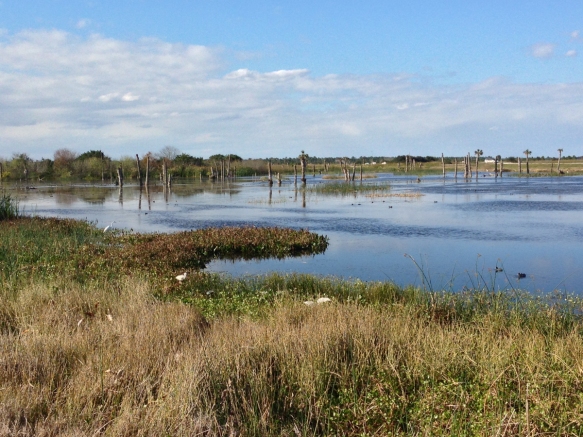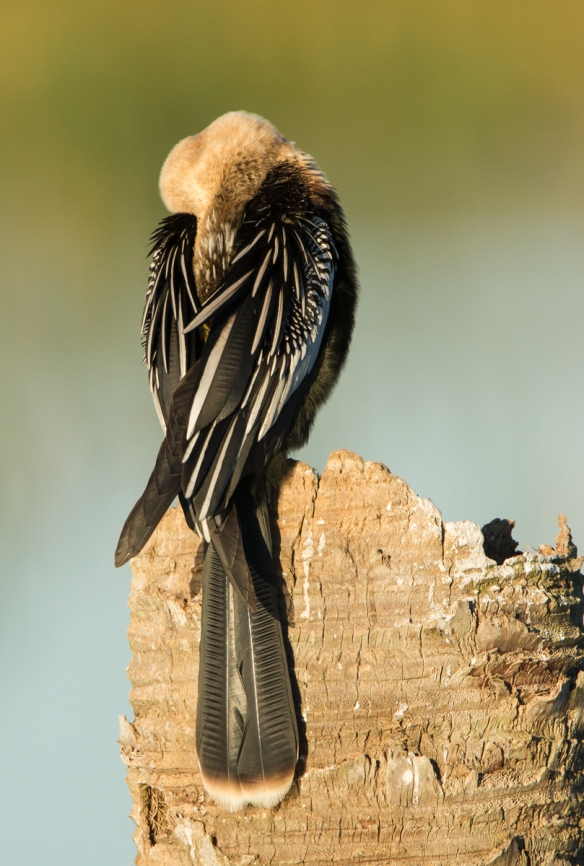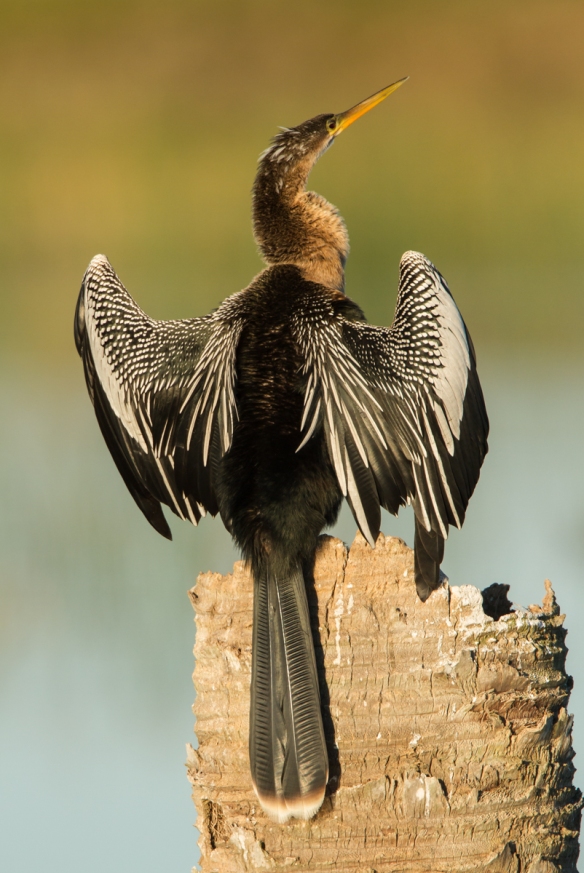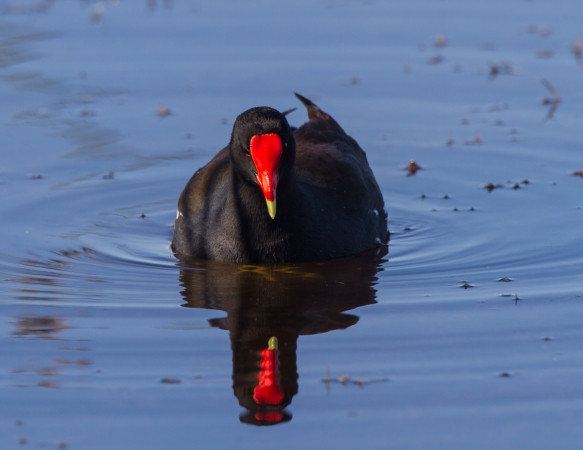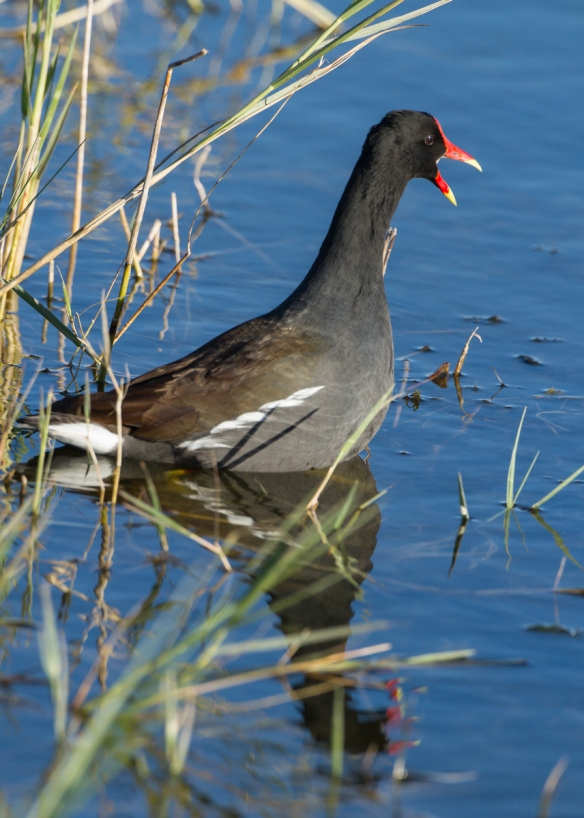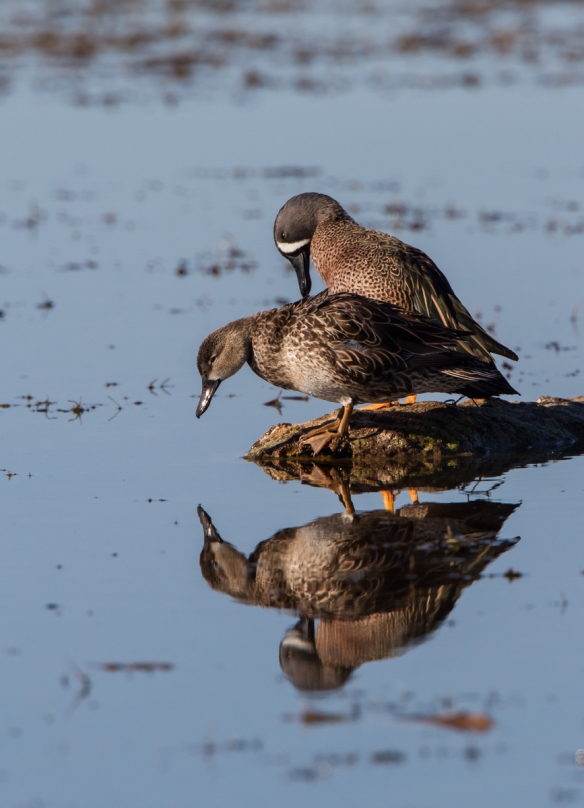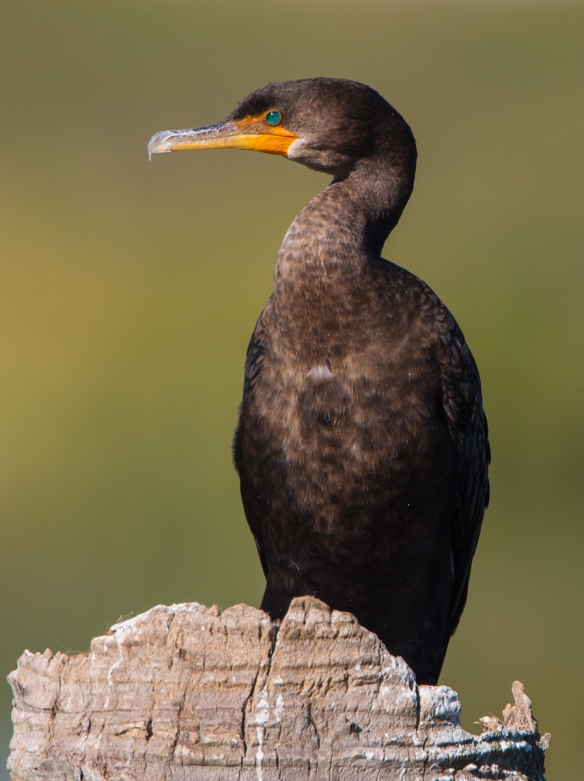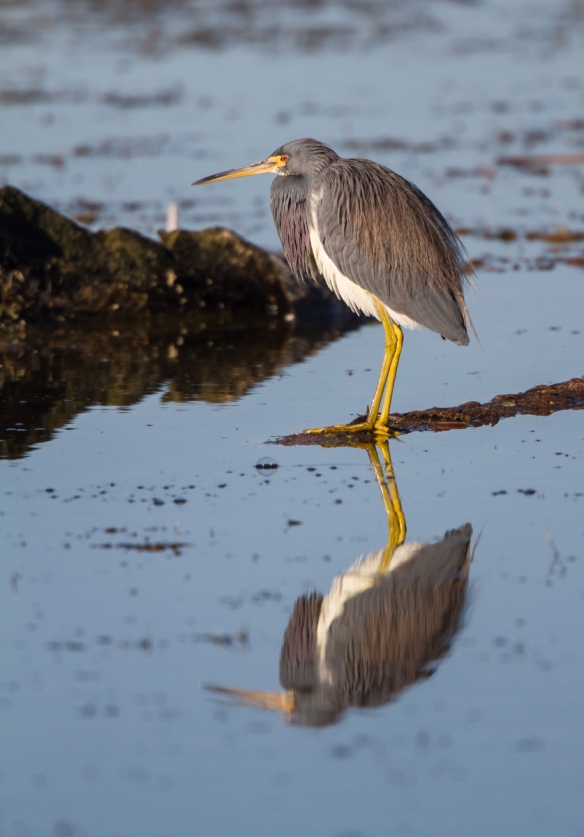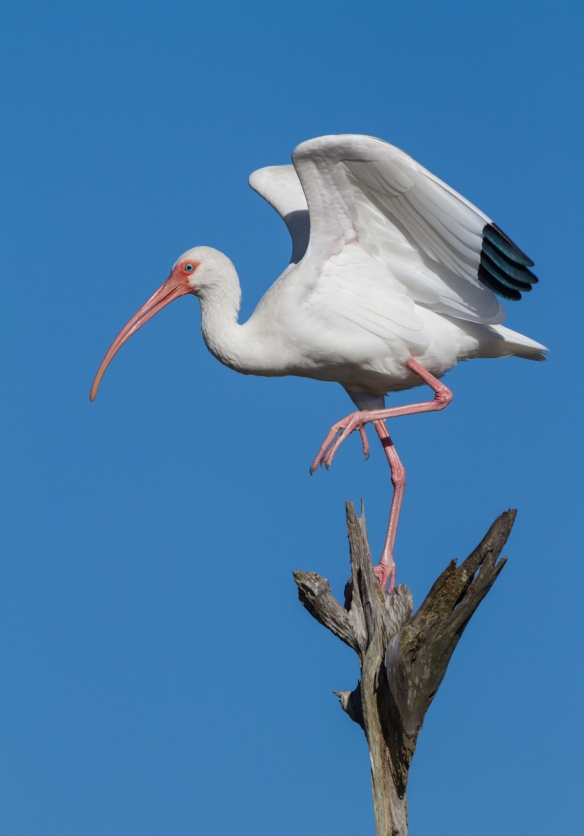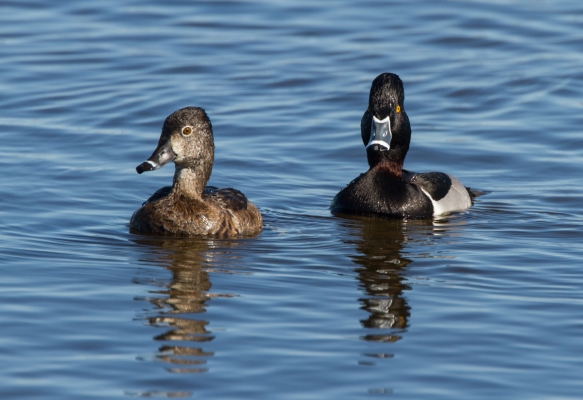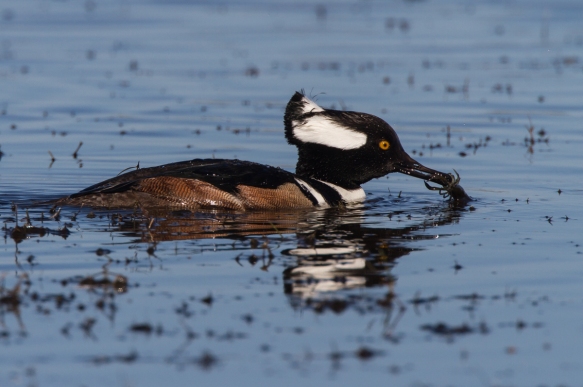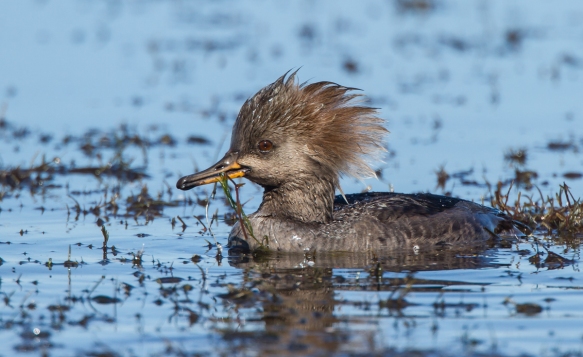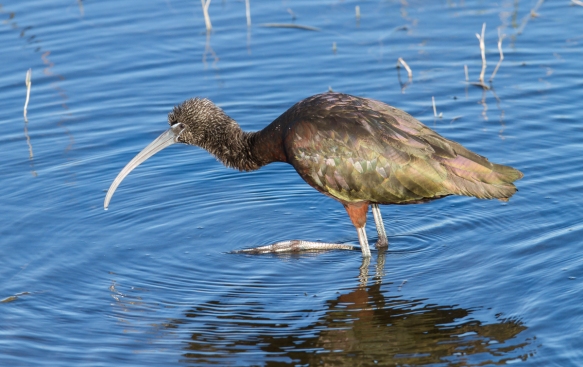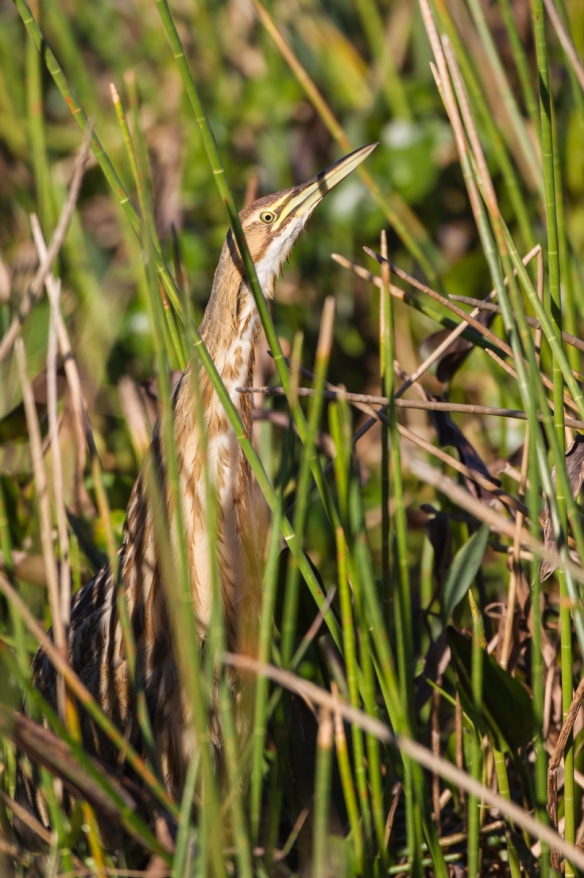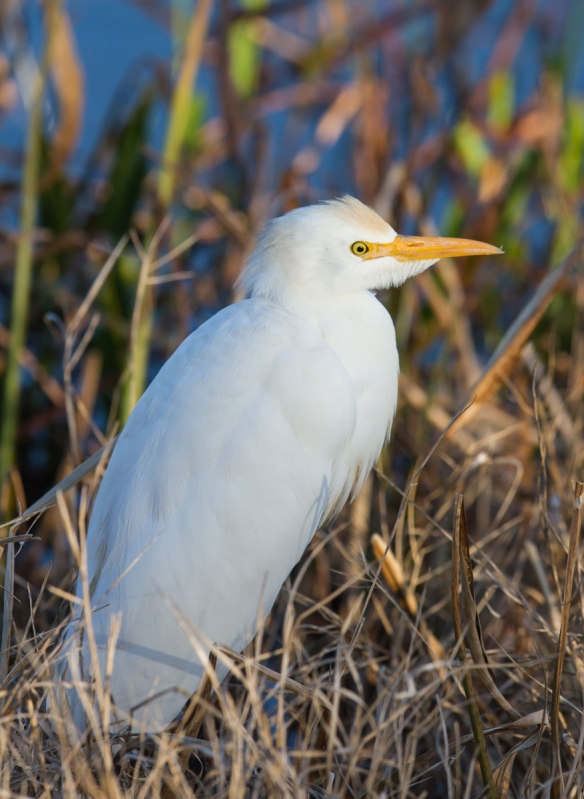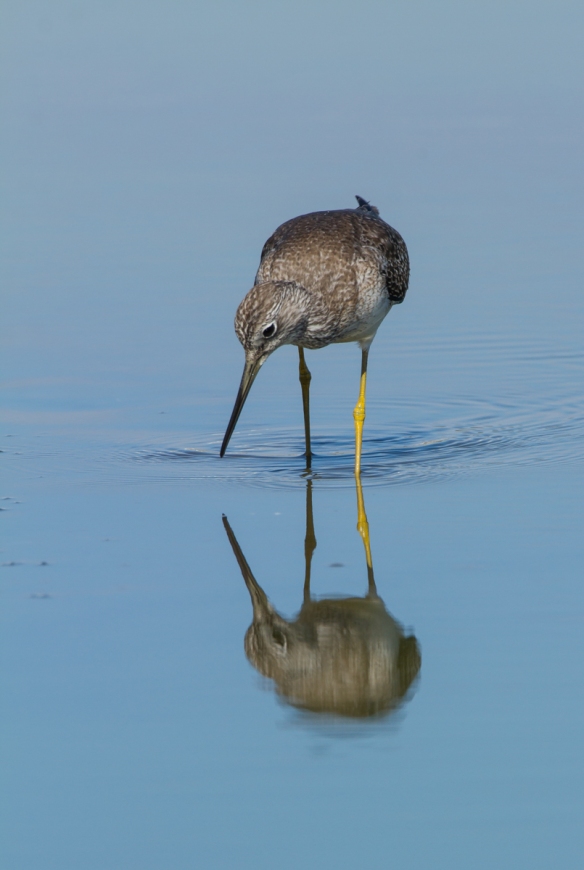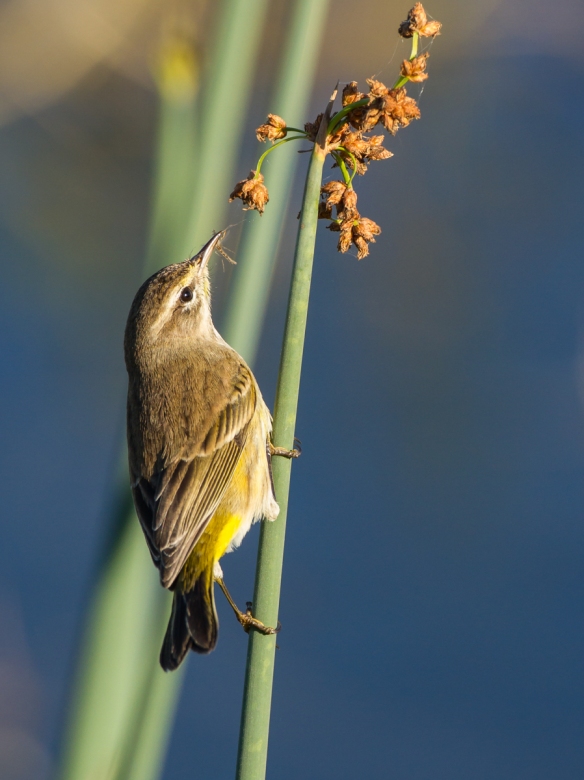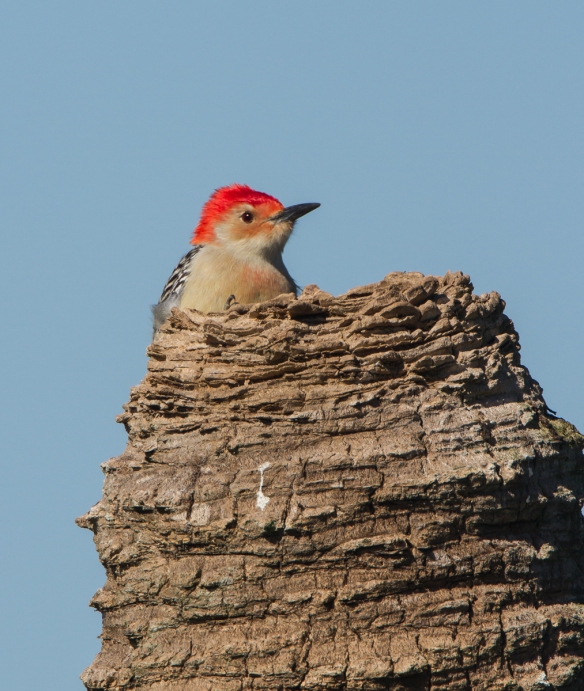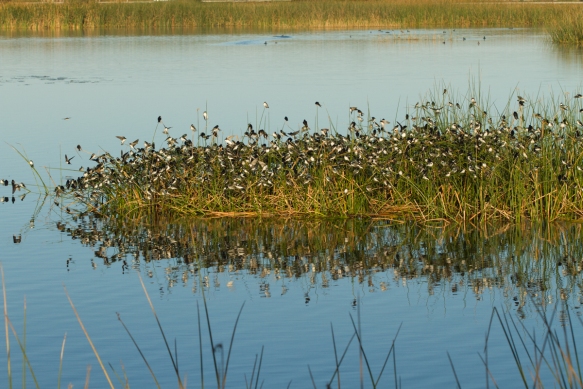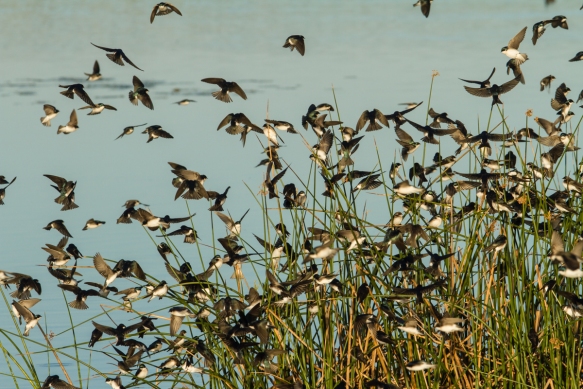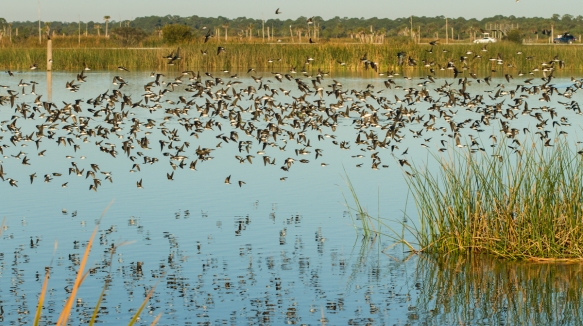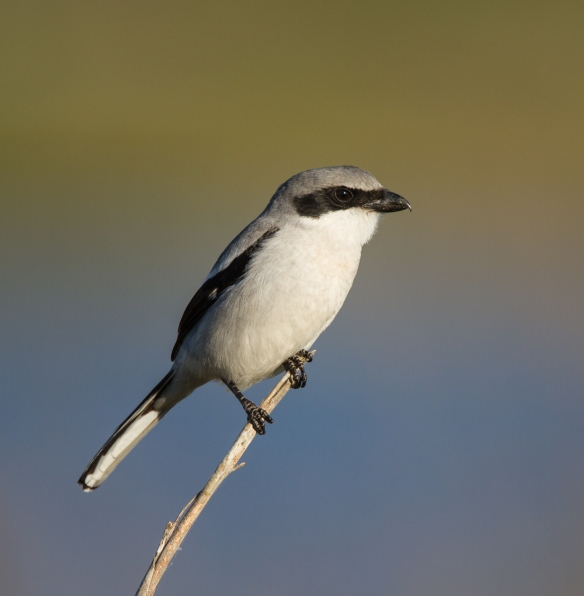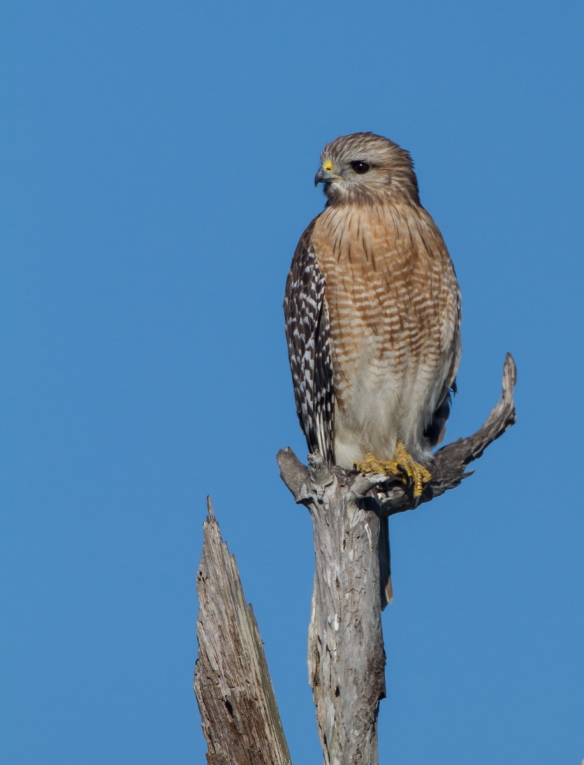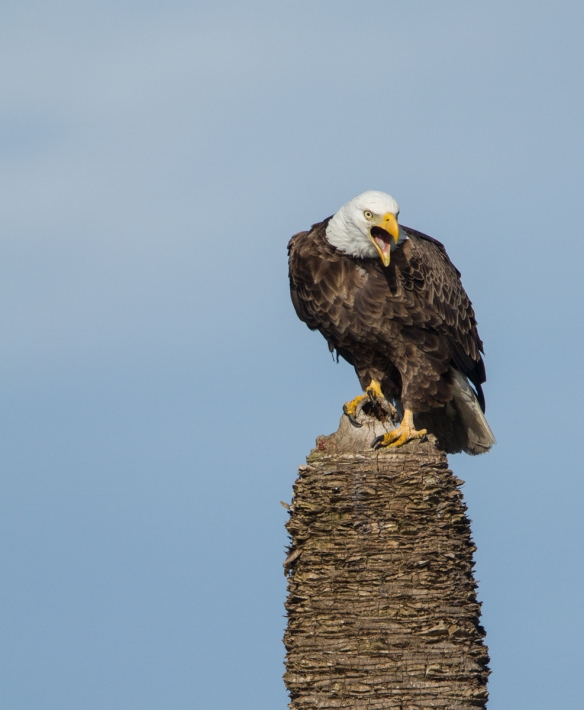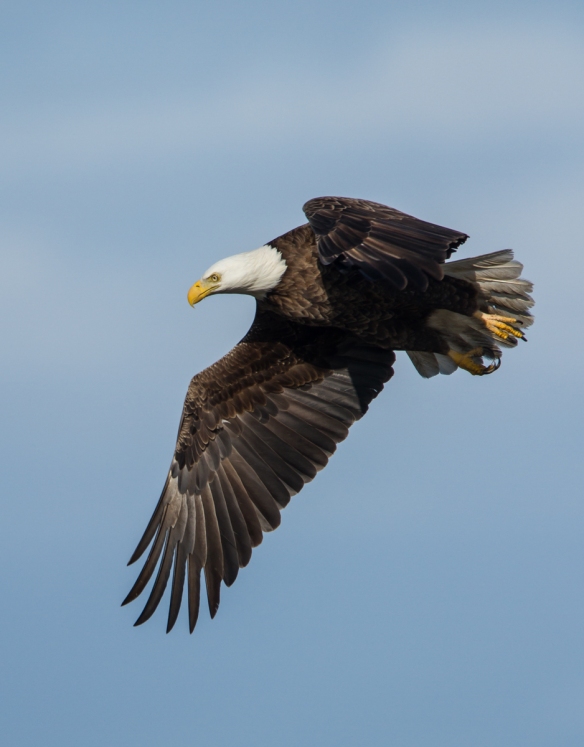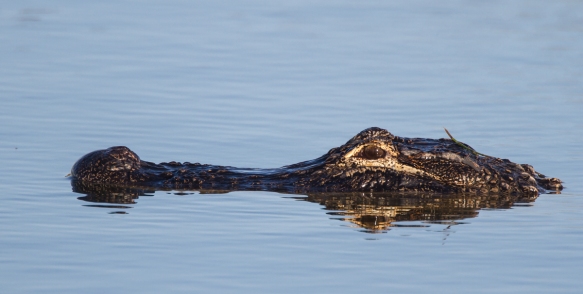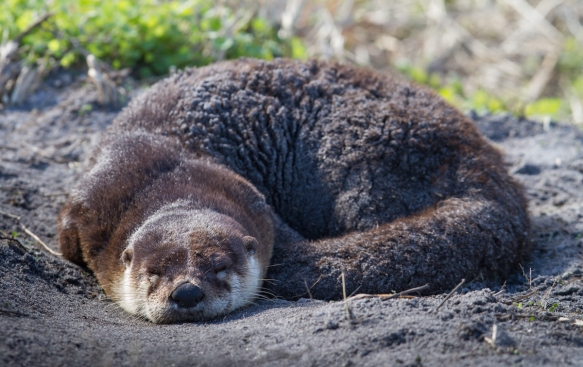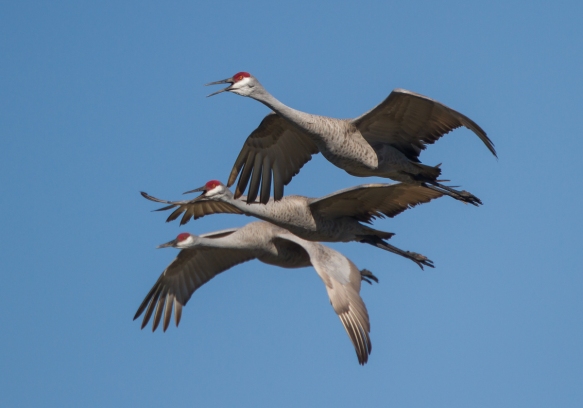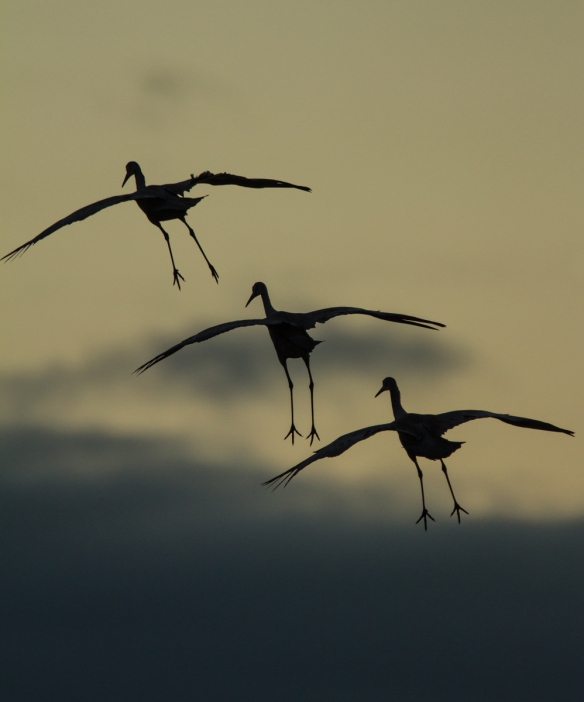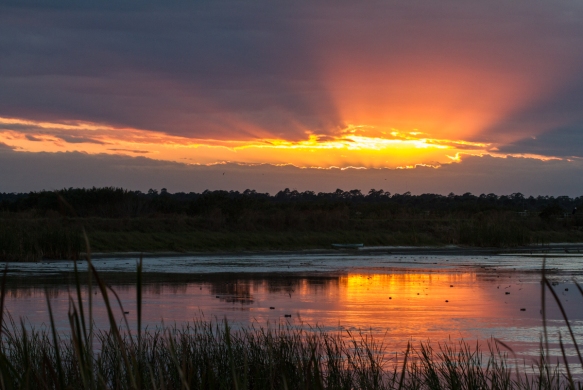Be as useful as a tree! Give life to others; be shelter to everyone; grant fruits to all! Be good like a tree!
~Mehmet Murat Ildan
Just beyond our deer fence is a huge old Tulip Poplar with a split at the base forming a hollow that stretches up 20 feet or so. This is the second largest tree on our property behind a giant old White Oak on the south slope across the creek bed. The Tulip Poplar is on our north slope where that species is the dominant tree. In spring, the large fragrant flowers provide an important nectar source for many types of pollinators. In autumn, the seeds are eaten by numerous bird species, especially the Purple Finches that fly south most winters from their boreal forest summer range. And the leaves are the primary food source for caterpillars of our most abundant butterfly, the Eastern Tiger Swallowtail (along with many other species like the magnificent Tuliptree Silk Moth). But this particular tree is important in another way – the hollows provide shelter and a forest touchstone for a variety of critters.
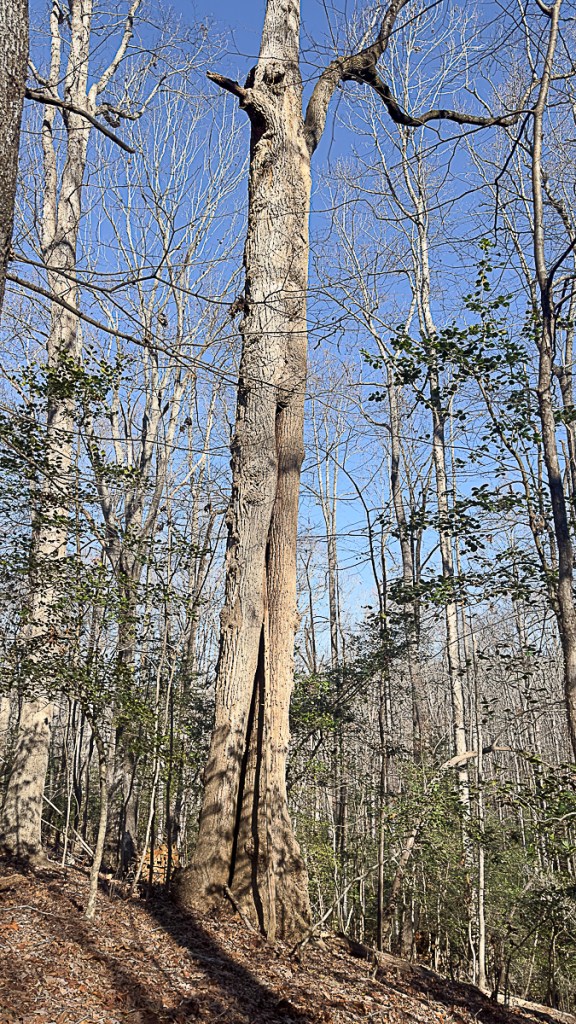
A giant Tulip Poplar on our property is home to a number of our wildlife neighbors (click photos to enlarge)
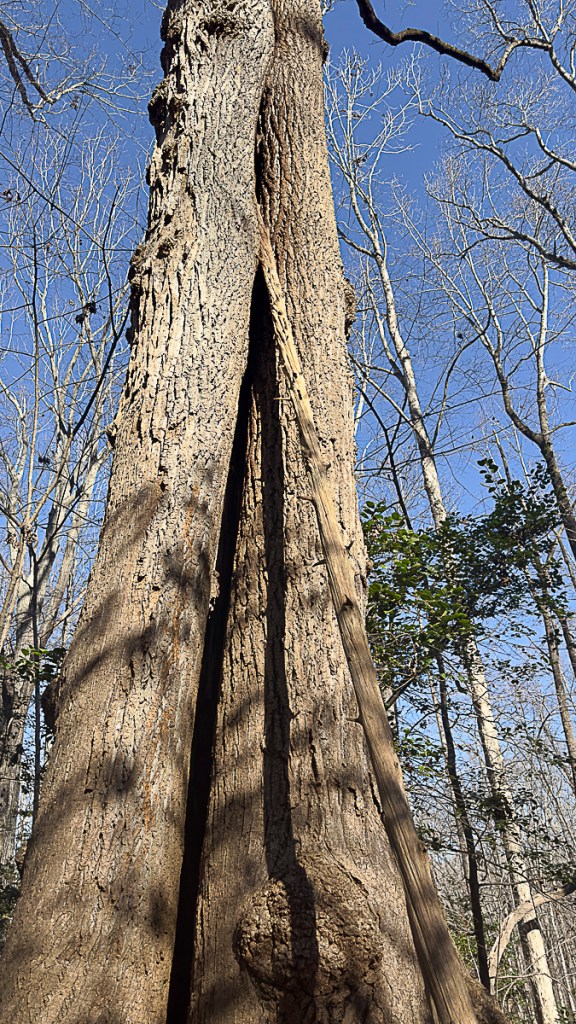
A large split at the base provides access to hollow spaces within this tree. But the Raccoons that use itr as a den tree climb higher and squeeze through a relatively small hole about 30 feet up the trunk
Unlike Raccoons at some of my favorite wildlife refuges, I rarely see ours sleeping out on limbs of this tree during the daytime. The one exception was many years ago when I spotted a young Raccoon out on one of the large outstretched arms of this forest giant.

-A young Raccoon that was sleeping out on a limb one day several years ago checks me out when I went out into the yard for a photograph. When I went back inside, it curled back up and went back to sleep.
Most of my knowledge of the importance of this tree to the woodland wildlife comes from a trail camera that has been watching it off and on for a couple of years. The tree has been home to a variety of wildlife including multiple generations of Raccoons, Eastern Gray Squirrels, and Southern Flying Squirrels. And, perhaps because of the comings and going of its permanent residents, it is also visited by many other forest dwellers. The camera has recorded several species stopping by in hopes of a meal, a sniff to see who has been there recently, or perhaps just to pay respect to this towering monarch of the woods. Visitors have included White-tailed Deer, a Gray Fox, many Virginia Opossums, a Cooper’s Hawk, and, unfortunately, my neighbor’s outdoor cats. The Ground Hog that wandered through our property for several days last year also sought shelter in its hollow base between raids on our garden while we were out of town.
Currently, there is a family of four Raccoons, a bunch of squirrels, and at least one Southern Flying Squirrel that call that tree home. Here are a few highlights of recent trail camera captures.
— A Virginia Opossum that frequents the base of this tree takes a selfie at the trail camera
— A squirrel spent 30 minutes one day recently carrying leaves up into the hollow for a suitable drey (a nest)
— The Raccoons usually use the leaning cedar snag as a ladder to their den, but occasionally climb the tree trunk. This was one night recently when it briefly snowed. Note the third raccoon appearing in the lower left at the end of the clip.
Large trees that have broken limbs, knot holes, large cracks or hollow trunks are incredibly important to a forest and its creatures. They provide food, shelter, and a place to rear young and can be a focal point of any woodland tract. I hope this one continues to be the preeminent poplar in our woods for many years to come.

